Real animals with superpowers are way more exciting than fictional superheroes. Prepare to be amazed.
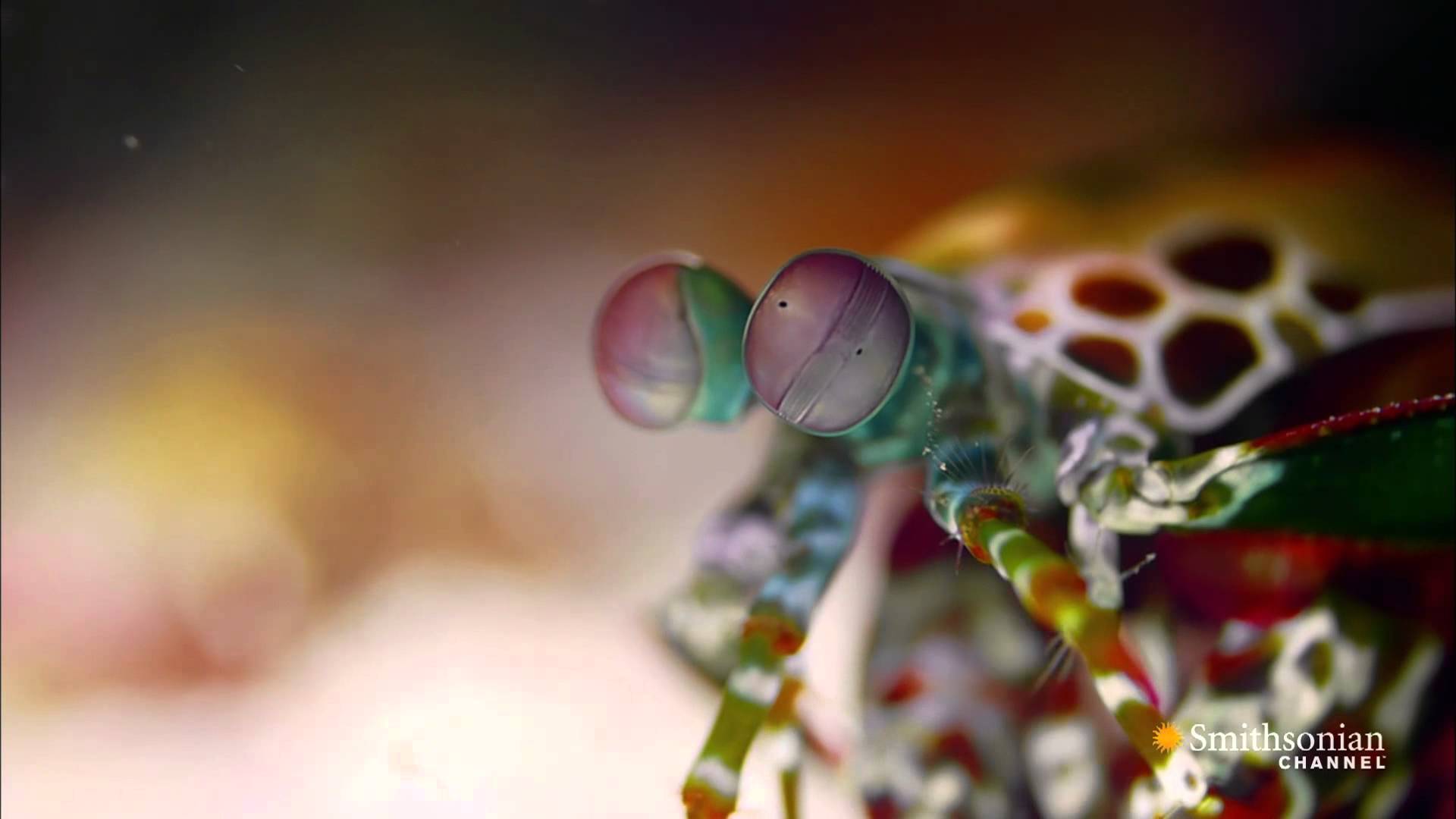
The natural world is capable of producing some really weird (and powerful) creatures. It’s no wonder that so many of our fictional superheroes are based on animals. A lot of them possess powers that would make even the most daring of us think twice before taking them on.
Mantis Shrimp
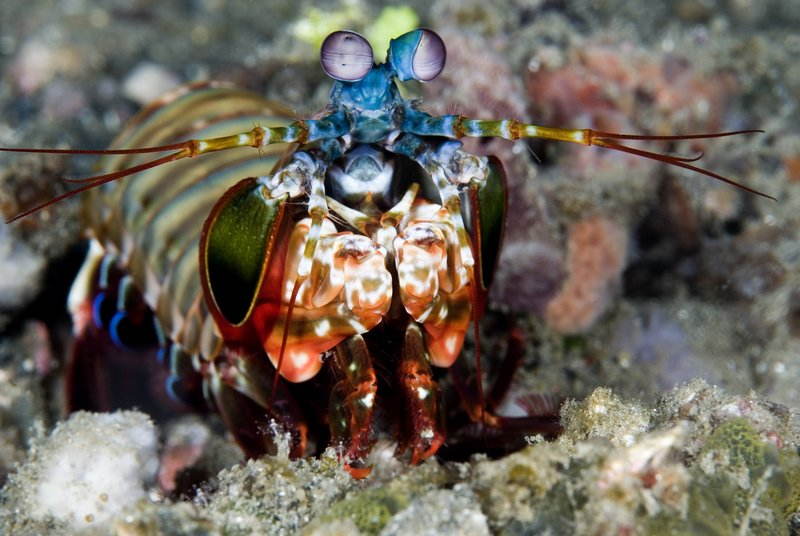
The peacock mantis shrimp is both beautiful and deadly.
Don’t be fooled by this little guy’s diminutive size or colorful appearance – he packs quite a punch. In fact, the mantis shrimp has, pound for pound, one of the most powerful (and fastest) punches in the animal world. The various species of mantis shrimp are usually categorized based on how they hunt. Spearers have sharp claws with barbed tips which are usually used to stab prey. Smashers have club-like front claws and mostly rely on brute strength.
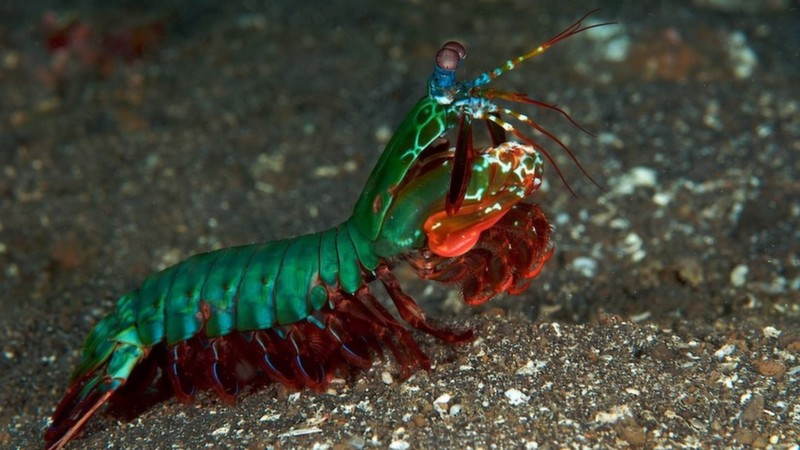
The red club-like claw is ready to strike.
The strongest of them all are capable of producing a strike with a force of 1,500 newtons – roughly the equivalent of a 22. caliber bullet. Not only that, but these punches fly at you at 23 m/s. When their claws snap, the force is so impactful that it can actually produce sonoluminescence, or a small burst of light caused in this case by sound imploding a bubble in water. When mantis shrimp are kept in aquariums, extra caution is necessary. Some of the largest species are strong enough to break the glass.
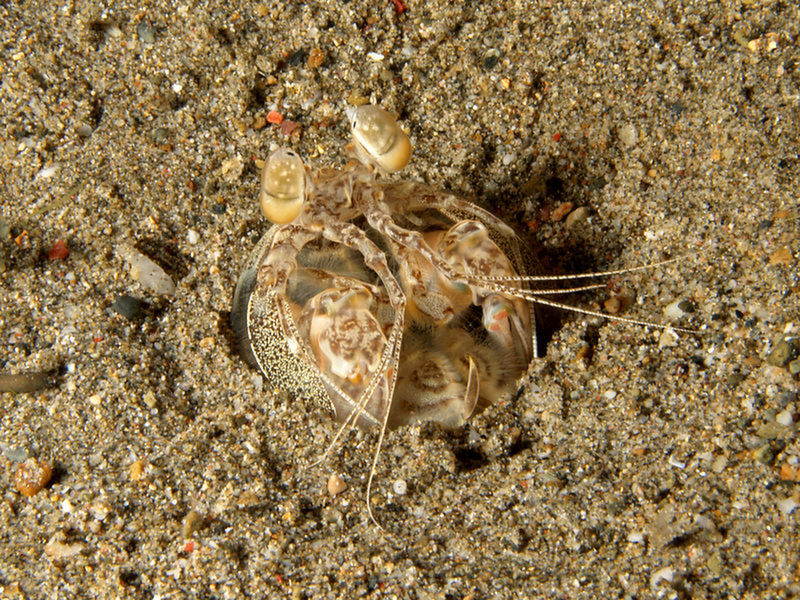
Some species still prefer stealth over strength Source: WIkimedia Commons
http://www.youtube.com/watch?v=DtNAqK_V-lg
Alpine Ibex

They can give Spider-Man a run for his money Source: Imgur
Here is a gravity-defying animal that laughs (bleats, actually) in the face of danger. That is because the alpine ibex mountain goat can climb places that no other animal would even dare breach. These include dams, cliffs and mountain sides that are almost vertical.

I can see my house from here.
All goats have a reputation for being excellent climbers, but the ibex is probably the top of its class. Because it has short legs and a low-slung body mass, the ibex has a very low center of gravity. It also has extremely powerful muscles, especially in its rear legs. However, its most prized assets are definitely the hooves. They are designed with a thin, solid external rim and a soft central area which makes them ideal for climbing.

Now you know where the phrase “sure-footed as a mountain goat” comes from Source: Wikimedia Commons
Dung Beetle
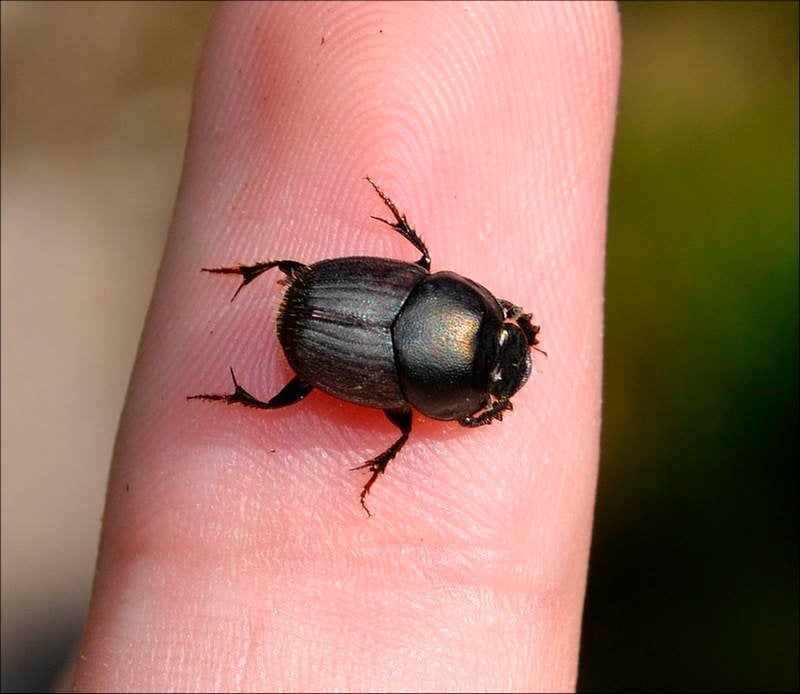
Big things come in small packages Source: Insecte
It might not have the most flattering name in the world, but super strength is the definitive superpower and the dung beetle has it (and how!). The insect gets a bad rap due to its choice of food (which is obvious from its name), but the dung beetle possesses so many other interesting qualities more important than its taste in grub. Among them is the dung beetle’s ability to carry things many, many times larger heavier than itself.
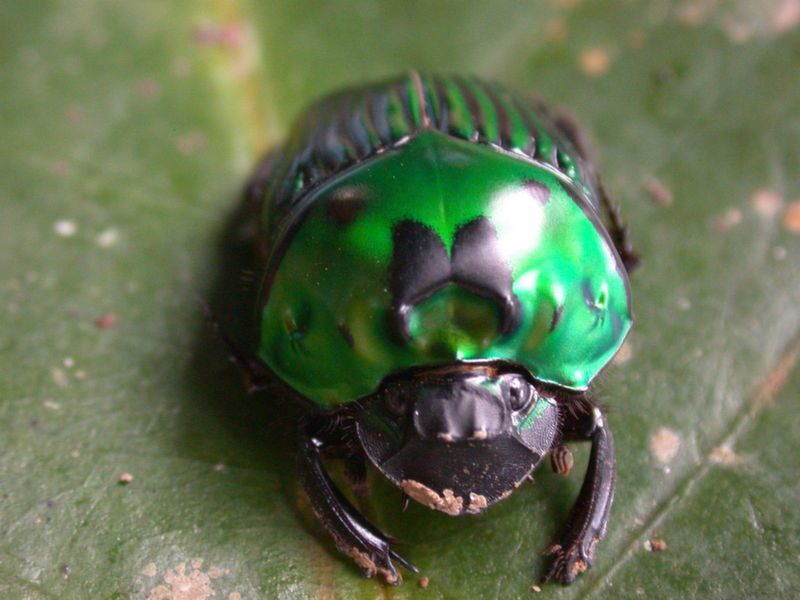
Dung beetles come in a variety of colors.
This is a trait shared by all dung beetle species, but Orthophagus Taurus is the undisputed champion. It can pull up to 1,141 times its own body weight. Imagine a human being able to pull a double-decker bus filled with people…and then combine it with another five buses! That is the strength of this little guy who is, pound for pound, the most powerful creature in the animal kingdom.
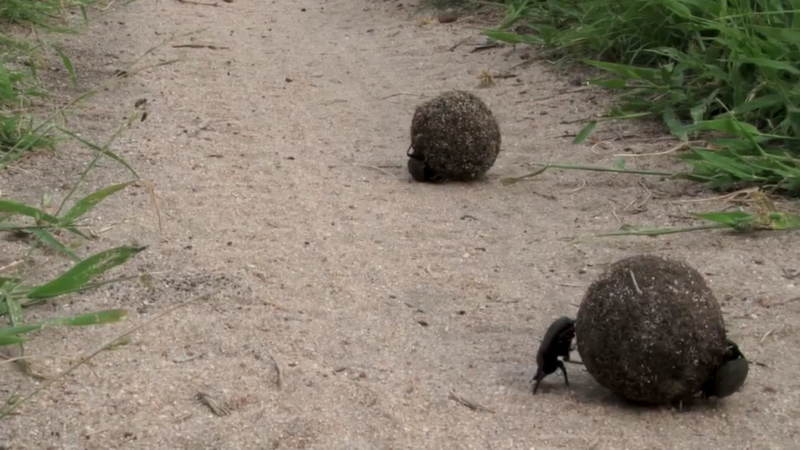
Place your bets.
Pistol Shrimp
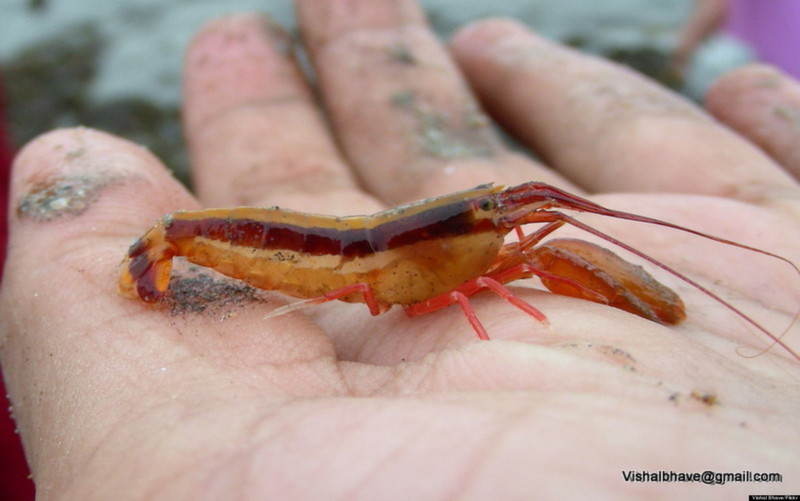
A small shooter with a big gun Source: The Huffington Post
There are no prizes for guessing the special power of this tiny critter. The pistol shrimp (also called snapping shrimp or alpheid shrimp) has one tiny claw and another huge one. The latter lacks the pincers which are commonly found on most shrimp. Instead, it has a pistol-like device with a “hammer” that can produce an incredibly powerful shockwave when triggered.
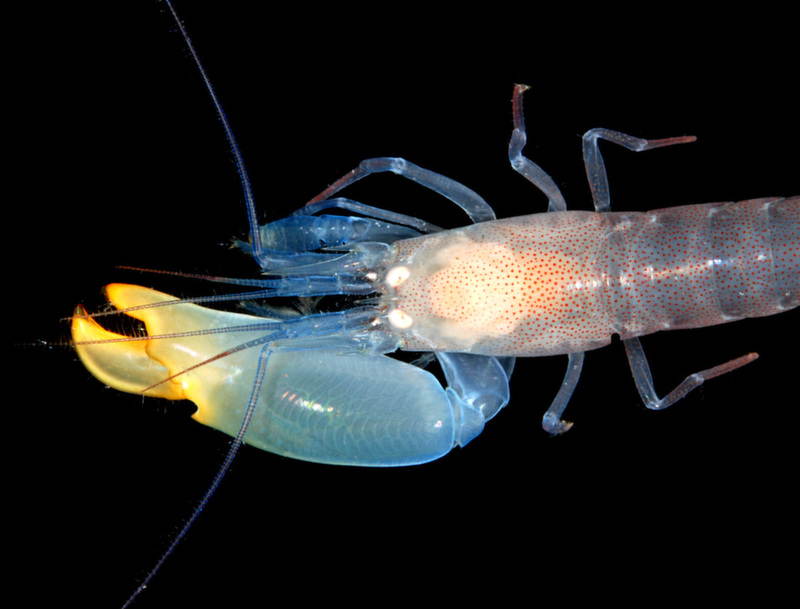
Alternative name should be the Popeye Shrimp.
Just to be clear, the pistol shrimp doesn’t have to hit its prey. The pressure from the sound alone is enough to stun (sometimes even kill) whatever it is aimed at. Not only that, but the cavitation bubble can reach a temperature of 5,000 K – that’s 800 K less than the surface temperature of the Sun!
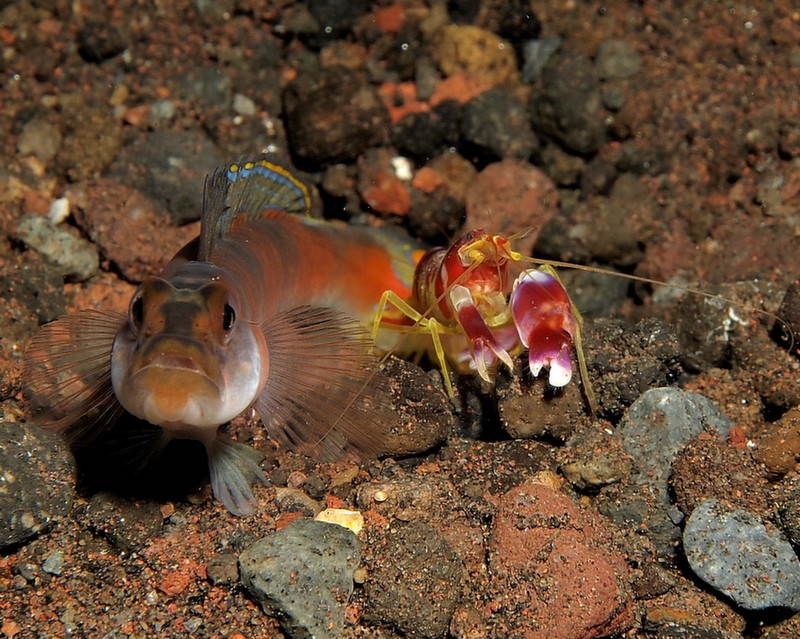
Best friends forever Source: Wikipedia
The noise can reach up to 218 decibels, letting the tiny pistol shrimp compete with the sperm whale for the title of “loudest animal in the sea”. When these guys gather in a colony, they really do become the loudest thing in the ocean, powerful enough to interfere with sonar.
http://youtube.com/watch?v=XC6I8iPiHT8?t=36s
Lyrebird
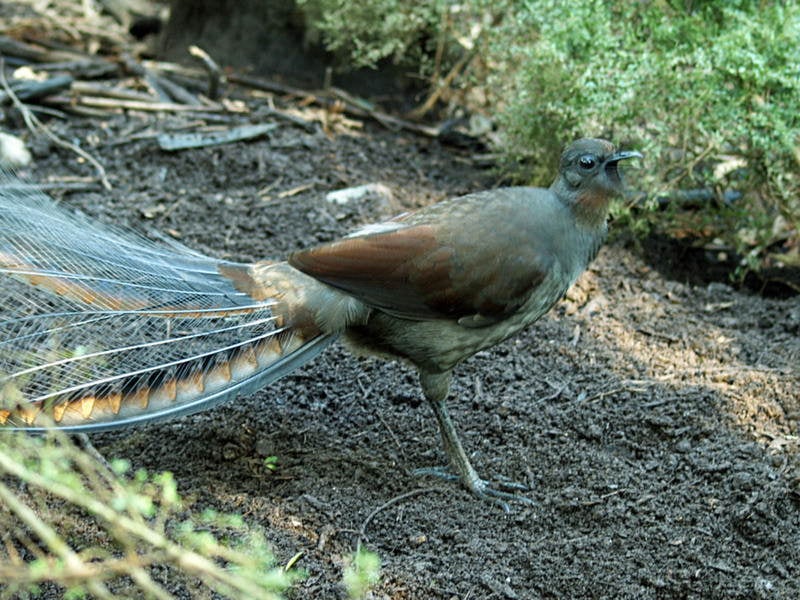
The male uses his impressive vocal range to serenade the ladies.
We give parrots too much credit for being able to imitate human speech. To be honest, they’ve got nothing on the lyrebird found in Australia. While it is not known to replicate human speech, the sheer variety of natural and artificial sounds that it can mimic is astounding.
Like most other birds, it does this in order to attract a mate. Its own song is a composition with elements borrowed from the songs of other birds. The kookaburra, for example, has a unique sound, but the lyrebird can replicate it so well that it can fool the real kookaburras.
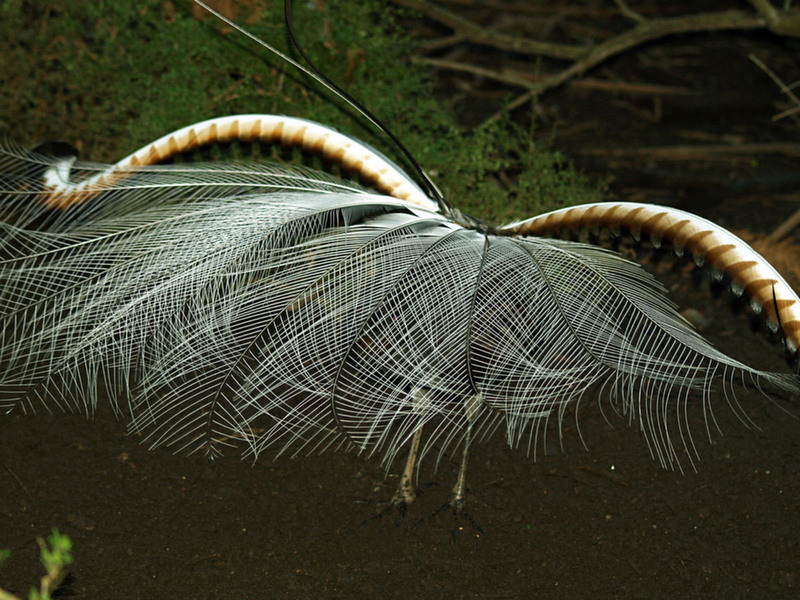
The beautiful tail of the lyrebird, said to resemble a lyre Source: Zoo Chat
Even more amazing is the lyrebird’s ability to mimic artificial noises. You won’t have to wonder whether a lyrebird had ever encountered humans or not when you hear it mimic car alarms, engine noises, phone ringtones, chainsaws and even crying babies.
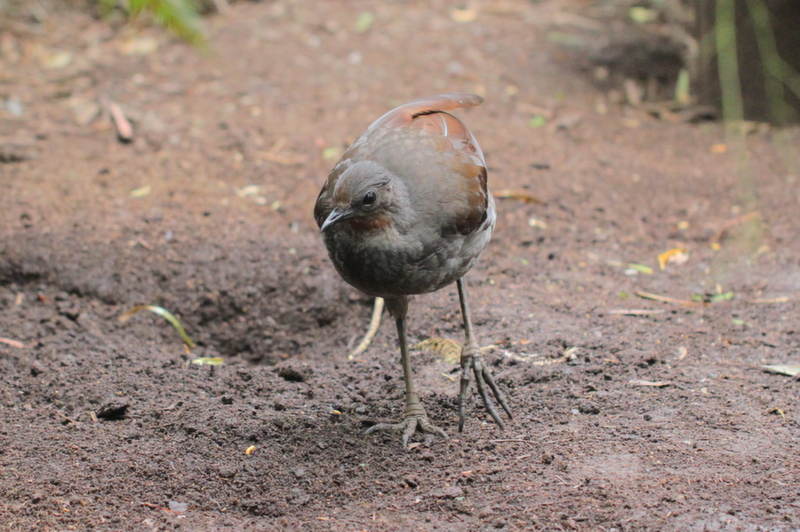
A female lyrebird waiting to be serenaded.
http://www.youtube.com/watch?v=VjE0Kdfos4Y?t=1m22s





